Women or Men: Who is More Fit?
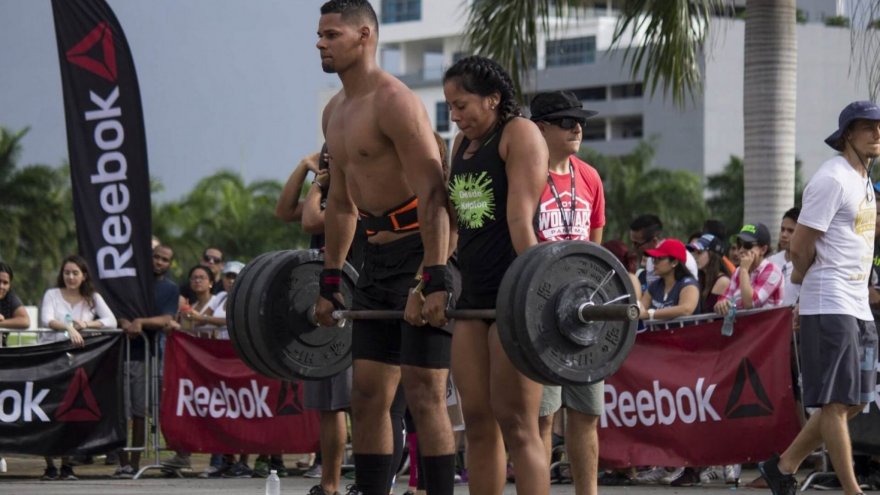
The conventional fact that men have an advantage over women when it comes to physical fitness may no longer be true. According to a study from Waterloo, Canada, women are actually more fit than men. It may be hard to believe considering the results of marathons, strength competitions such as CrossFit, and the greater stamina men have over women in team sports. Over the years, several studies have concluded that men are stronger, faster, and have better endurance when compared to women at the same exercise level. Although this may still be true, those measures are not true measures of fitness.
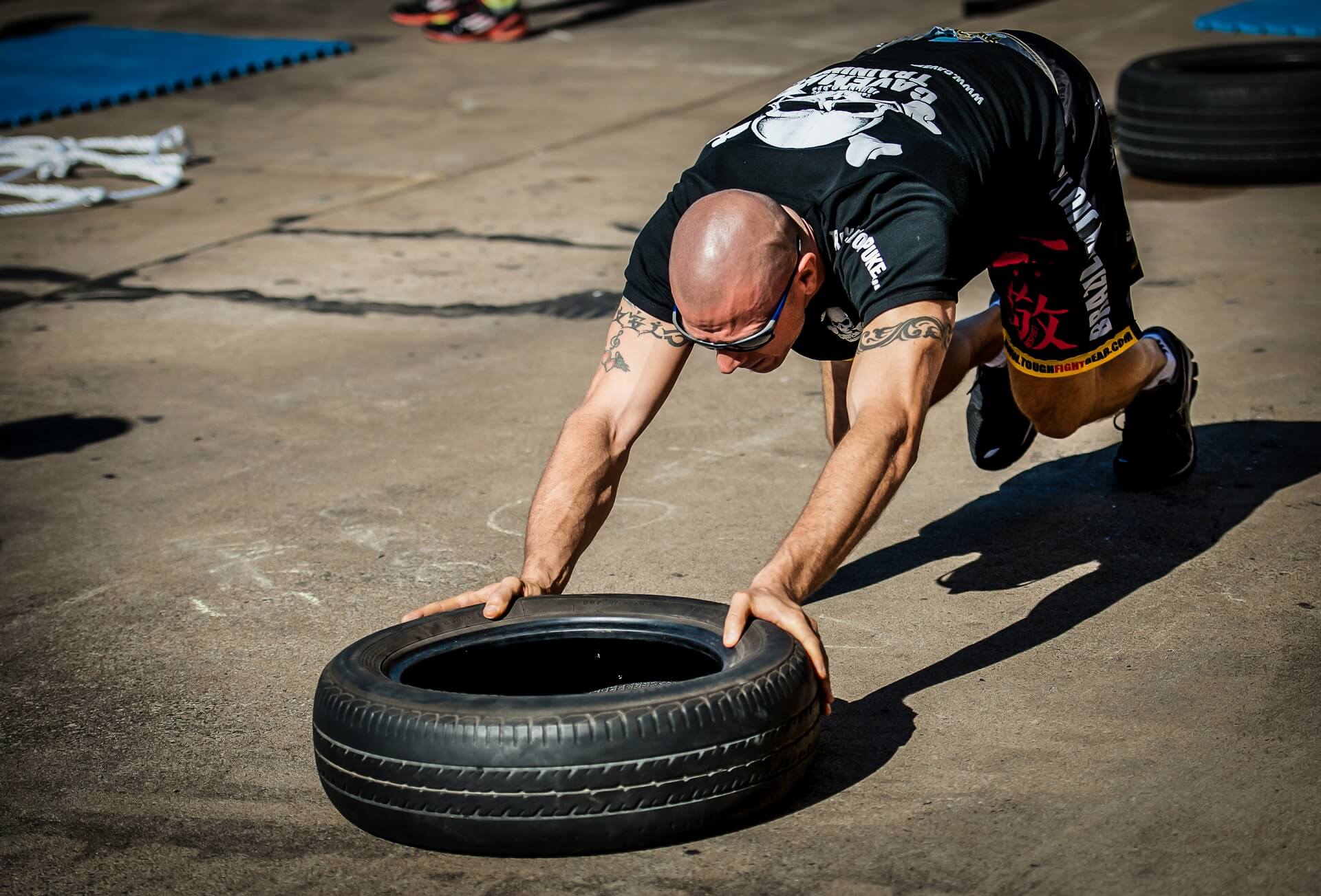
In this particular study, oxygen uptake was the focus. The aim was to determine how quickly both genders adapted to exercise. Nine women and nine men of equal exercise levels and body mass indexes were asked to walk on a treadmill. While increasing the speed and incline, oxygen uptake was measured with masks until the person reached 80% of their maximum heart rate. The results showed that the women had 30% faster rate of oxygen uptake, meaning they adapted to the exercises much quicker than the men. The study also noted that the women’s bodies were better at transporting oxygen to the rest of the body, and their muscles were more efficient at using the oxygen.
Although the results were straight forward and definitive, the downside to this research study was the small sample size. More research needs to be done with larger groups to understand why women adapt faster to exercise. Whether it may be due to hormones, size of muscle tissue that the oxygen needs to transport through, or the way the heart is working in both genders, this study makes it clear that women are more fit and have more potential at improving their fitness than men.
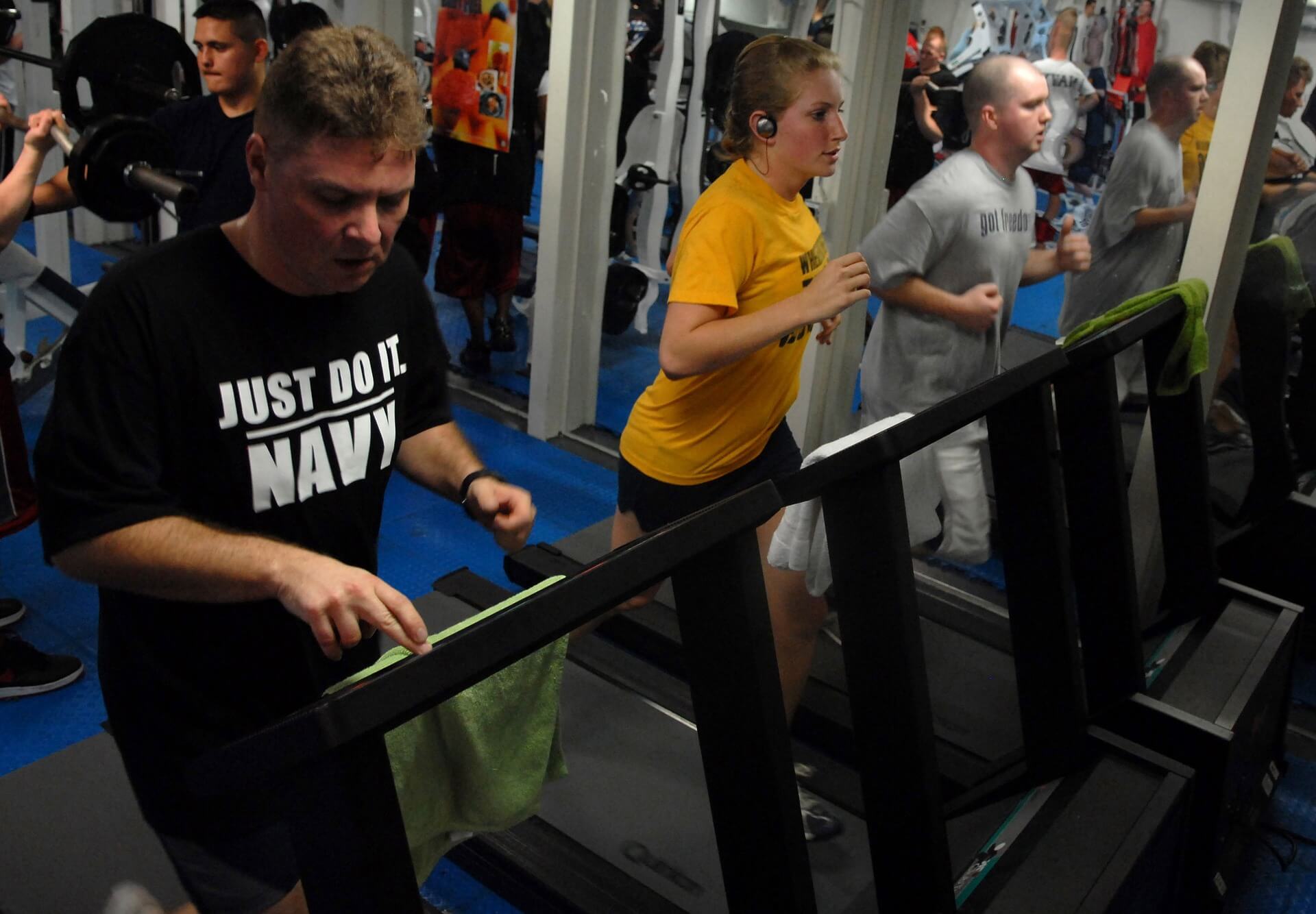
Different Goals
When it comes to exercise, men and women usually have different goals. Men generally desire to be stronger and bulkier, while women want to be thinner. These goals alone cause men and women to exercise differently. Women will opt for loads of cardiovascular exercise and the use of very light weights for toning. Men will be the ones at the gym lifting the heaviest weights possible and avoiding cardio machines in hopes to bulk up. Due to specific hormone availability, even if a woman wanted to “bulk up”, it would be harder and take longer to achieve than for a man. But this does not mean it is not possible.
During these modern times, you will see more women participating in what was thought to be “male-type” sports, such as CrossFit and weight lifting. The opposite is true of men, who are seen these days in yoga and spinning classes. To be physically healthy all-around, men and women should aim to improve strength, flexibility and endurance no matter what. For women, it may be difficult to perform all of the same moves as men in the CrossFit classes, but by no means is it impossible for them to get fitter and stronger with this type of exercise. Some healthy women avoid the challenge at times either because of the level of difficulty they have to face or the fact that it merely isn’t a sport for women, which is false.
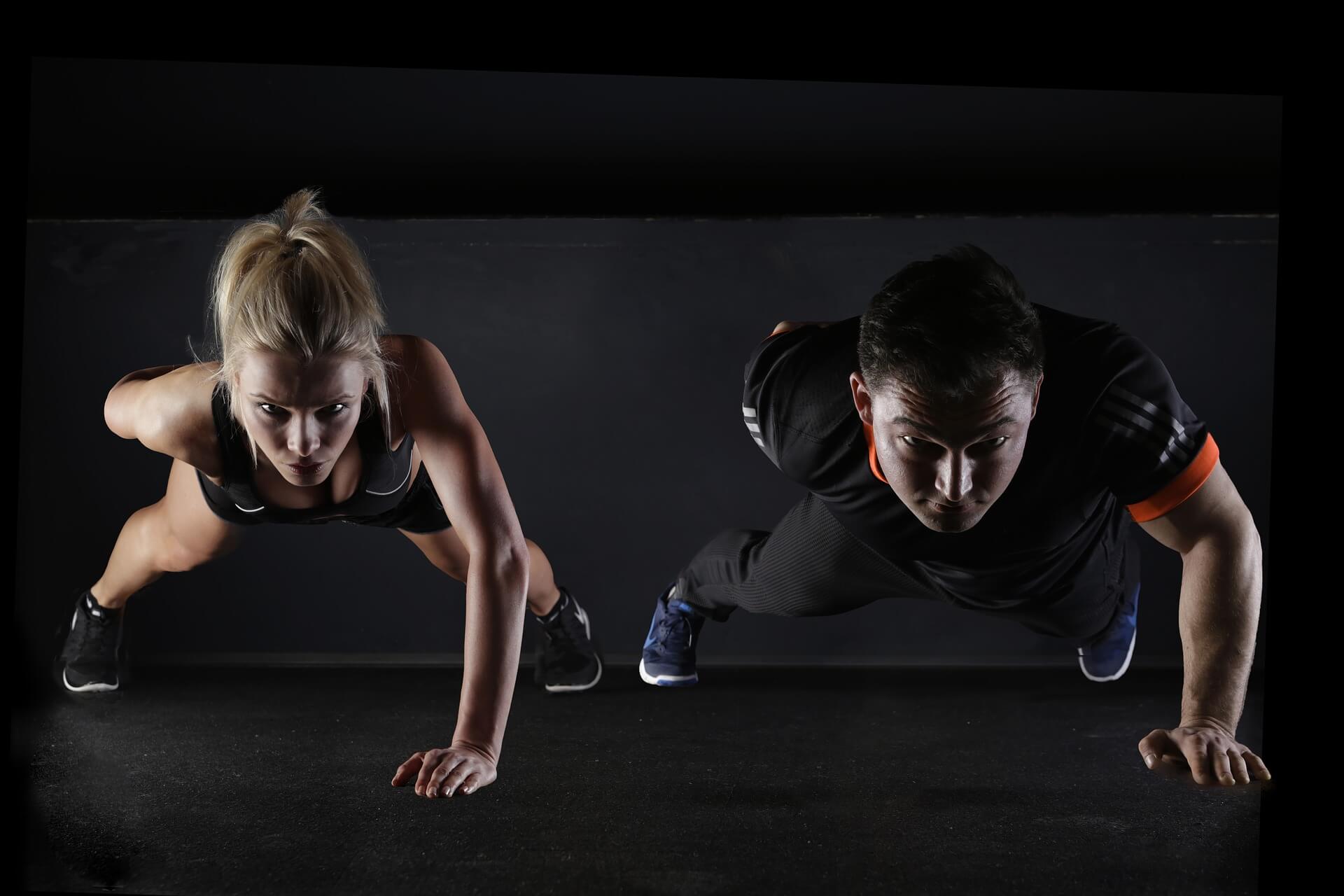
Who is More Fit for Running?
When it comes to running marathons, you will find that although training components are similar, men are generally faster runners than women. This is true when comparing the genders at an equal level of fitness. The fastest male and female marathoners in the world have finish times that are almost 20 minutes apart! This does not mean the training needs to be different for both genders, but the outcomes will rely on factors that have to do with body size and hormones.
Adult males have about 20 times more testosterone than women. This useful hormone is in charge of keeping muscles and bones strong. Studies have shown that a man’s upper leg is about 80% muscle, while a woman of equal training levels is only about 60% muscle. That’s why some athletes resort to testosterone supplements. The muscle is the driving force behind speed during running. Most women also generally have wider hips than men, creating less efficient running mechanics. When the hips are not in line with your knees as you see in most men with narrow hips, faster running is harder to do.
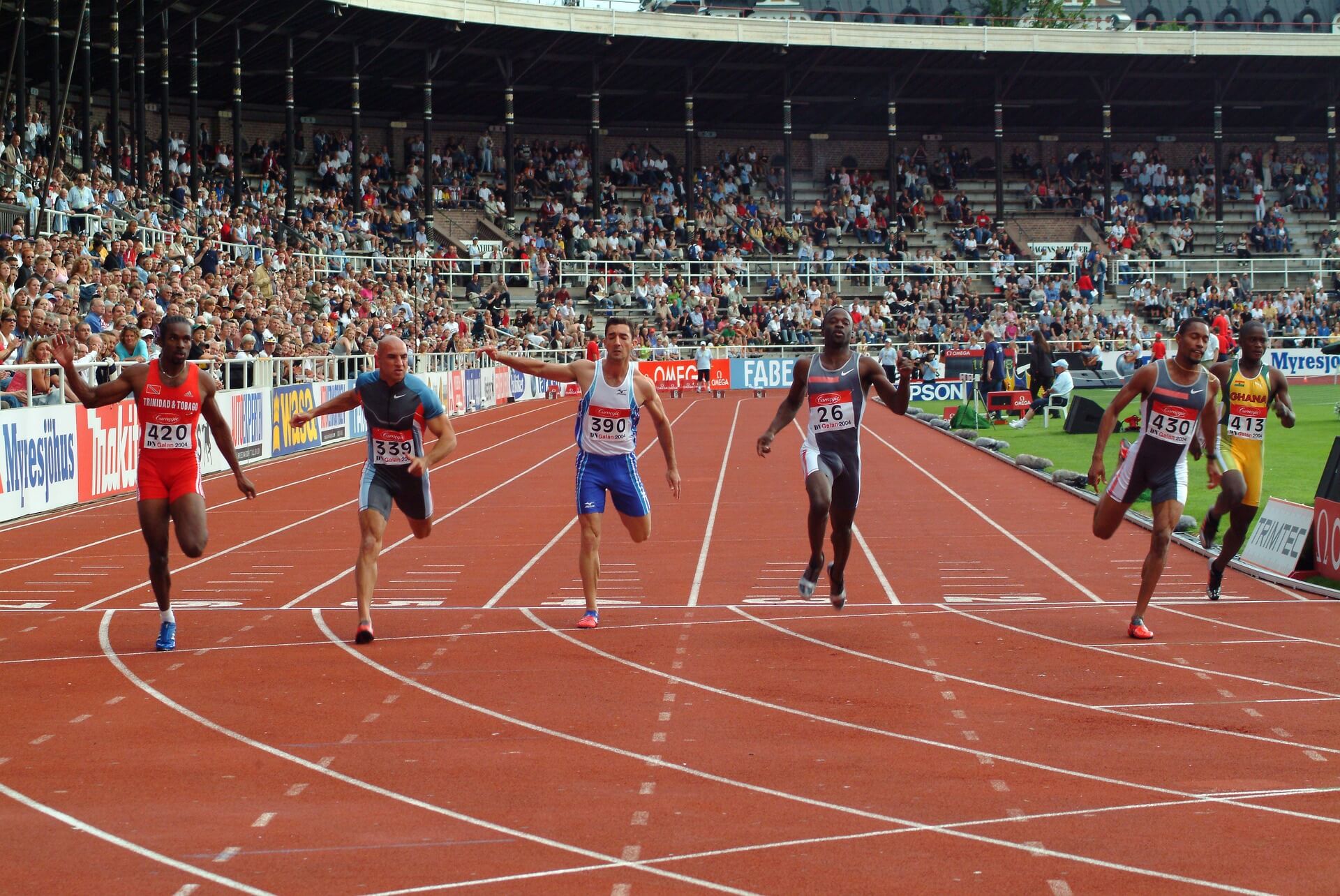
The lungs and heart are also smaller in women than in men, which means VO2 max (the maximal oxygen consumption) is higher in men, which means women have to work a bit harder to take in the same amount of oxygen for their muscle function. As with the fitness test in the study described above, women may have to work harder for the oxygen, but they reach exercise adaptation quicker, which means they are able to more effectively perceive their workouts as doable and continue on, thereby improving their fitness further. The smaller heart in women equates to lower stroke volume, which leads to less oxygenated blood transportation to the muscles as compared to men.
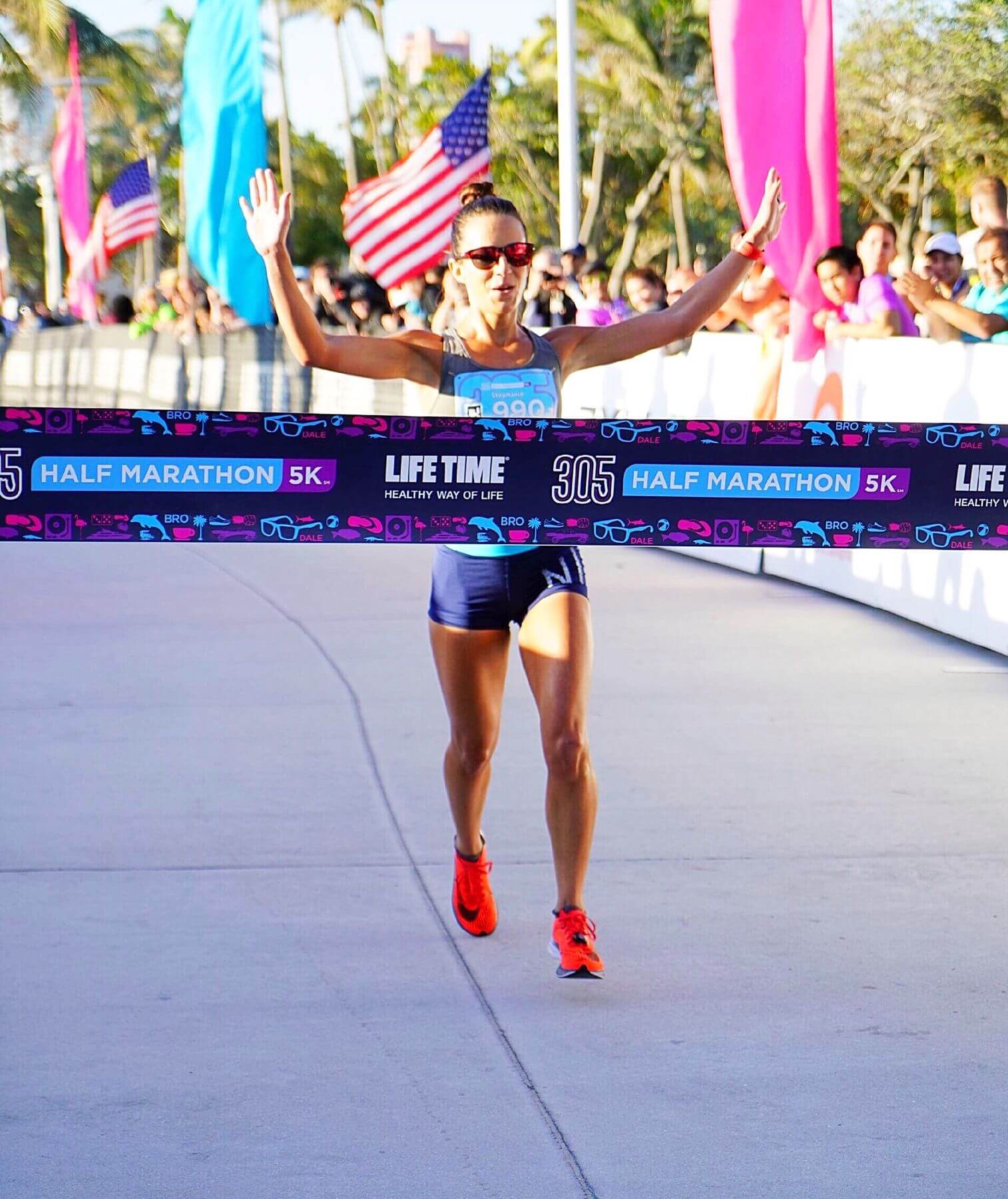
Given these differences women have impressed over the years with their astonishing paces and physical abilities. With the ability to run these extremely fast paces, it goes to show that women are able to train their muscles to work efficiently even with the bony differences and significantly less testosterone. Women should not shy away from male-dominated sports if that is what they are interested in and they most definitely should not be afraid of the extra challenge they may have in order to improve their fitness levels.
Sources
Latest Articles
 Is Running on a Treadmill Easier Than Running Outside?Runners have their own preferences, whether it is treadmill running, running outside on the road, or exploring trails. So...
Is Running on a Treadmill Easier Than Running Outside?Runners have their own preferences, whether it is treadmill running, running outside on the road, or exploring trails. So... Is It OK to Use Trail Running Shoes on the Road?While trail running shoes can be used on roads, especially in situations where a runner encounters mixed terrains or pref...
Is It OK to Use Trail Running Shoes on the Road?While trail running shoes can be used on roads, especially in situations where a runner encounters mixed terrains or pref... How to Fix Sore Quads After Running?Rest, ice, gentle stretching, and over-the-counter pain relievers can help soothe sore quads after running. Also, ensure ...
How to Fix Sore Quads After Running?Rest, ice, gentle stretching, and over-the-counter pain relievers can help soothe sore quads after running. Also, ensure ... 10 Fruits With The Most Electrolytes to Replace Sports DrinksThese fruits are high in electrolytes such as potassium, magnesium, and calcium, essential for hydration, muscle function...
10 Fruits With The Most Electrolytes to Replace Sports DrinksThese fruits are high in electrolytes such as potassium, magnesium, and calcium, essential for hydration, muscle function...

